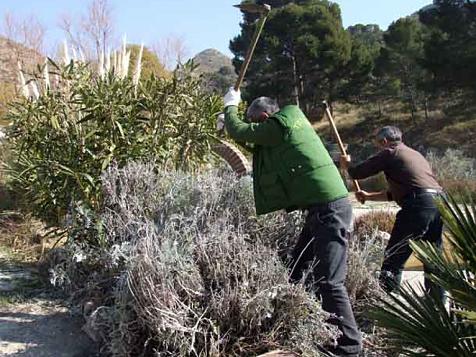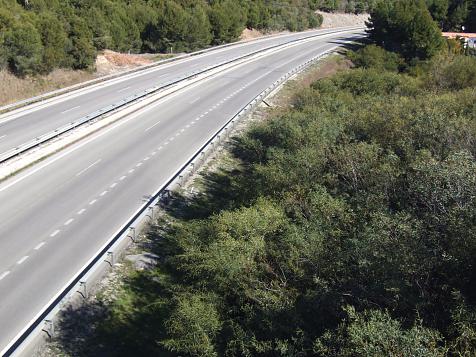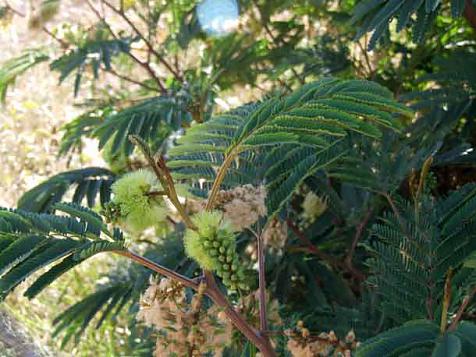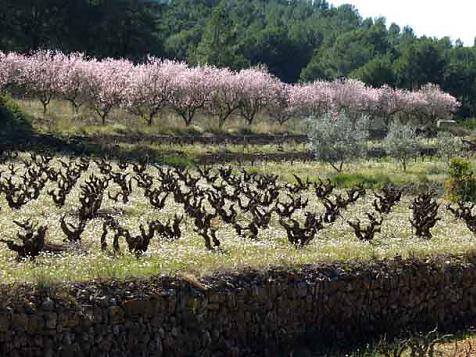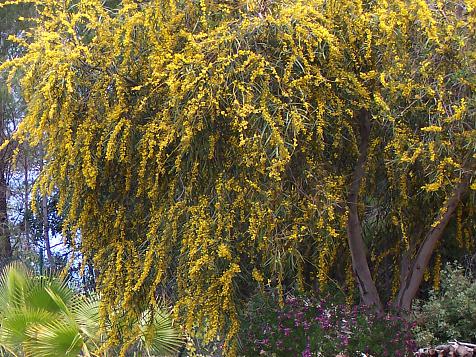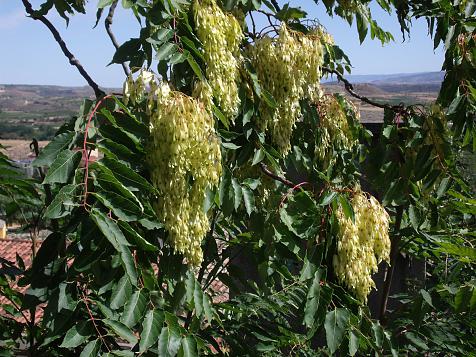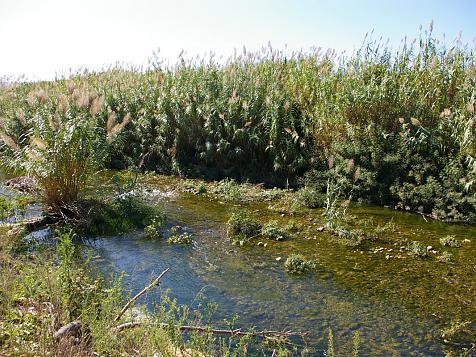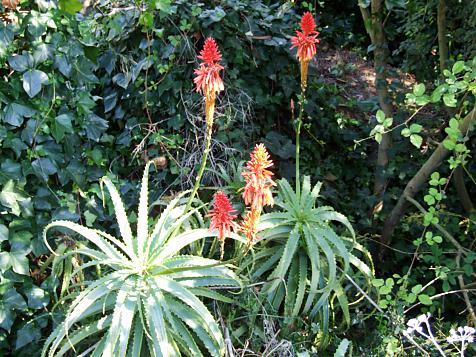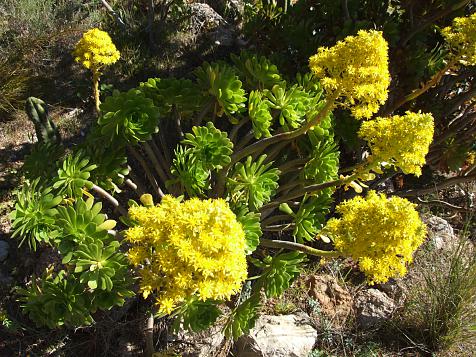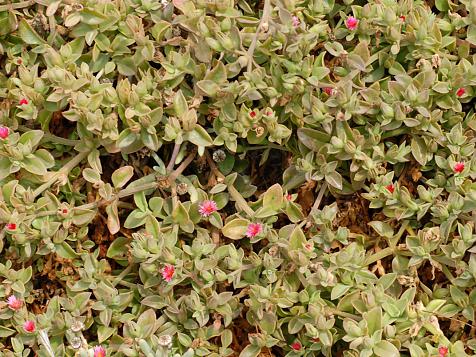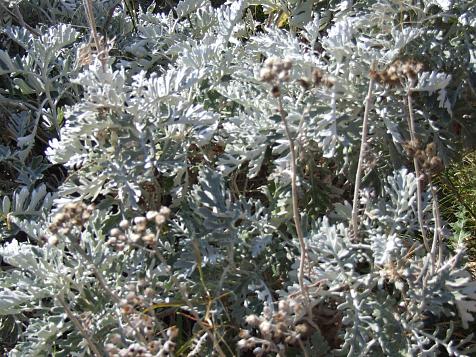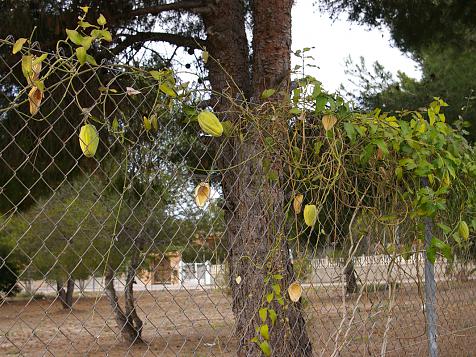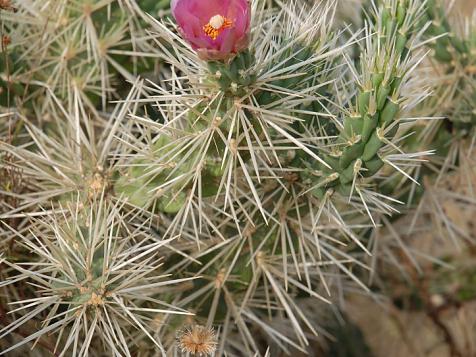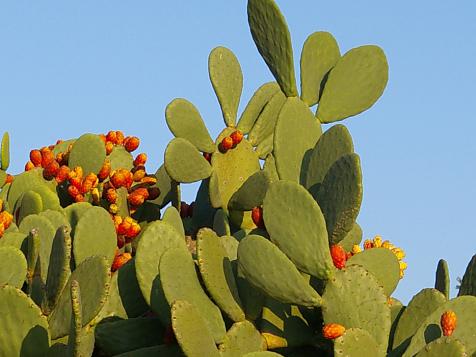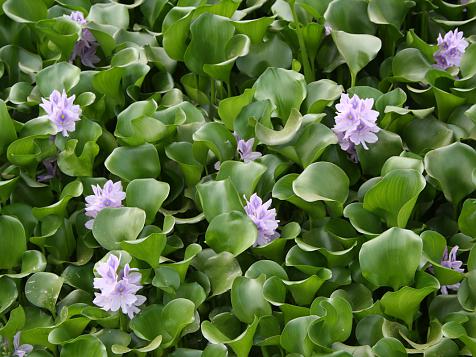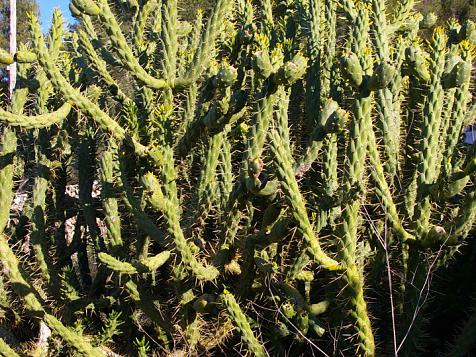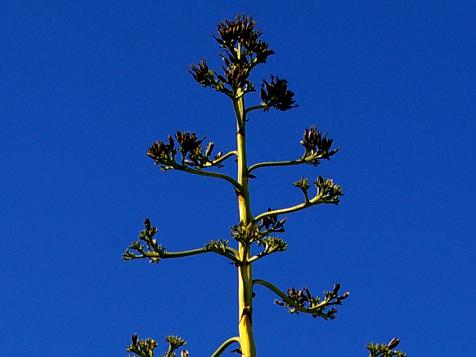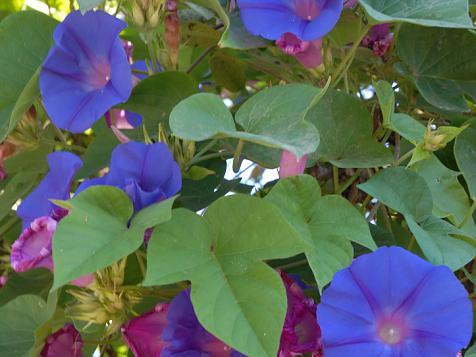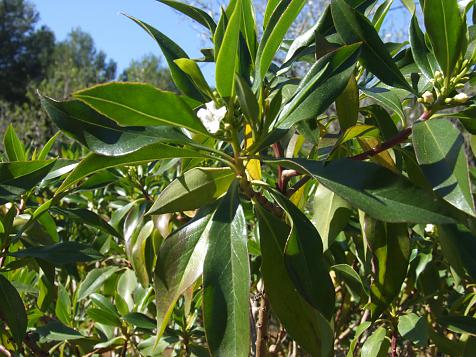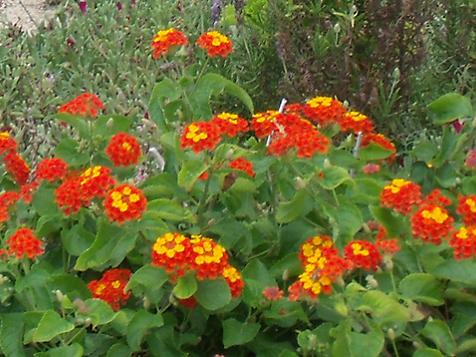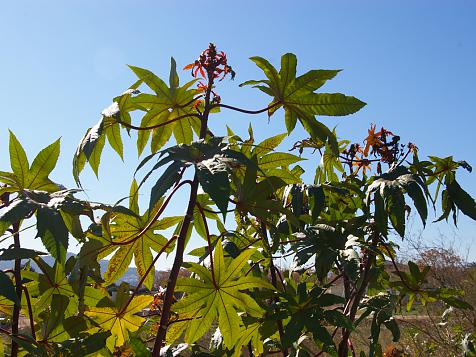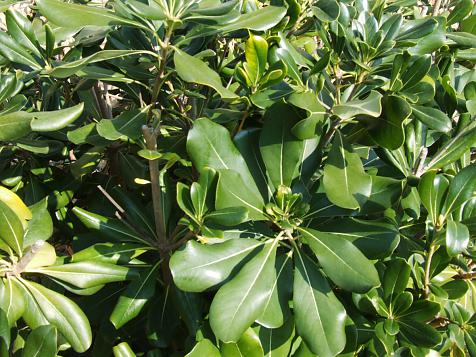What are invasive exotic plants?
BackThere are species of flora and fauna on the planet that when are transferred to a different and not proper ecosystem, tend to behave in an invasive way.
Through this dynamic, the invasive plants can to so far as to make other species disappear. This could generate significant economic losses and serious ecological and health impacts. In fact, the introduction of invasive species is considered to be the 2nd cause of loss of biodiversity worldwide according to the IUCN (International Union for conservation of nature).
Definitions and types of alien species
Exotic species are those that, either accidentally or intentionally, are introduced in spaces different from its natural environment. Many of them do not to thrive, but some others have a rapid adaptation and become invasive species, calling into question the survival of native species.
Within the group of alien species, it is necessary to distinguish between those cultural or naturalized species and invasive alien species. Cultural species, are those plants or exotic animals that have been adapted to different climate but are not threatening or causing problem for local species. Most of these cultural species often need care to guarantee their survival. Most of them are agricultural species, some examples are:
- Olive tree (Olea europaea)
- Carob tree (Ceratonia siliqua)
- Vine (Vitis vinifera)
- Almond tree (Prunus dulcis)
- Orange tree (Citrus sinensis)
Many others have a more ornamental character as:
- Bougainvillea (Bougainvillea glabra)
- Jasmine (Jasminum officinale)
- Wisteria (Wisteria sinensis)
On the other hand, invasive alien species are, as defined by IUCN, "species established in ecosystems where they cause changes or threats to native biodiversity". That is, in contrast to cultural or naturalized species, that invasive species will introduce significant and adverse changes where they established.
Characteristics of invasive species
The main characteristics of invasive alien species are:
- Lack of natural enemies, because they only exist in their natural ecosystems
- They have a rapid growth and high rates of reproduction
- They have an efficient mechanisms of reproduction
- Their seeds tend to be very long-lived, so they can "wait" years to
- Some may produce substances to inhibit the growth of other species
- They have a great adaptation capacity
How do the invasive species come
This kind of species tends to get to other territories by the hand of man. The introduction may be deliberate because of ornamental, commercial, livestock, agricultural purposes, etc. Alternatively, accidentally introduction of seeds, eggs, or larvae, occurs when they are attached to animals fur, clothing, agricultural machinery, means of transport, etc.
Another frequent and very widespread way of accidental introduction of invasive
species is gardening. Firstly because of the construction of exotic gardens without having a real knowledge of the impact of species that are planted; and, secondly, of the mismanagement of the remains of pruning, which in many cases are not conveniently removed and deposited in the environment.
In Spain, according to the European Environment Agency, in 2006 there were
approximately 1,400 species of exotic flora and fauna, of which 10% were considered as invasive species.
Where do they are established usually
Certain environments favor the proliferation of invading plants. These places are:
♣ Degraded spaces, they usually present gaps that are used by invading species
♣ Environments with scarce vegetation.
♣ Places much frequented by the man. The man provokes the alteration of the environment and supposes a major probability of arrival of seeds or invading plants.
♣ Spaces sensitive to invasion. Spaces that have suffered some process of natural
degradation or that present a strong natural dynamism (unstable slopes), dune areas, fluvial ambiences).
♣ Environments linked to extreme conditions in which the indigenous vegetation has
little predisposition to competitiveness (arid areas, saline areas, areas of strong wind, etc.)
Invasive species impacts
Ecological Impact:
- They are going to alter the functioning and structure of the ecosystems in which are seated
- Cause extinction and/or displacement of native species, reducing the natural biodiversity
- They are going to compete with the indigenous species for the pollinating insects, interfering this way in the reproductive capacity of the local
- Some could to change the composition of the soil
- Can be vectors to spread pests and exotic diseases
Impact on the landscape:
- Could modify the natural landscape
- Cause a loss of quality and diversity of landscapes
Economic impact:
- Loss or diminution of crops
- Cost of control and eradication of invasive species
Health impact:
- Allergies and other diseases
- Accidental poisoning
How to fight against invasive species
The best way to control invasive species is prevention. Information turns out to be vital to the population so that they learn to identify the most dangerous invading species. Some recommendations addressed to the population to facilitate the control of invasive species and encourage natural biodiversity are:
- Identify the invasive species in our environment
- Remove those invasive plants in our garden/orchard
- Bet on the native plants in our garden
- Manage correctly the remains of pruning: deposit in green containers, burn them, throwing them in a sealed plastic bag to prevent the dispersal of seeds,
- Do not transport plants, seeds or animals when we travel
- Make sure that we do not carry seeds attached to our clothes and shoes in travel
- Do not release exotic animals in the natural environment
- Help to spread this information
Jan van Eijle. Landscape designer
More information:
Base de datos de biodiversidad de la Conselleria de Medio Ambiente de la Generalitat Valenciana
Proyecto DAISIE
Base de datos del grupo especialista en especies invasoras
Fuentes:
Fraga i Arguimbau, P. (2009): Jardinería mediterránea sin especies invasoras. Colección manuales técnicos biodiversidad. Conselleria de meio ambiente, agua, urbanismo y vivenda. Generalitat Valenciana.
www.europe-aliens.org www.issg.org/database

